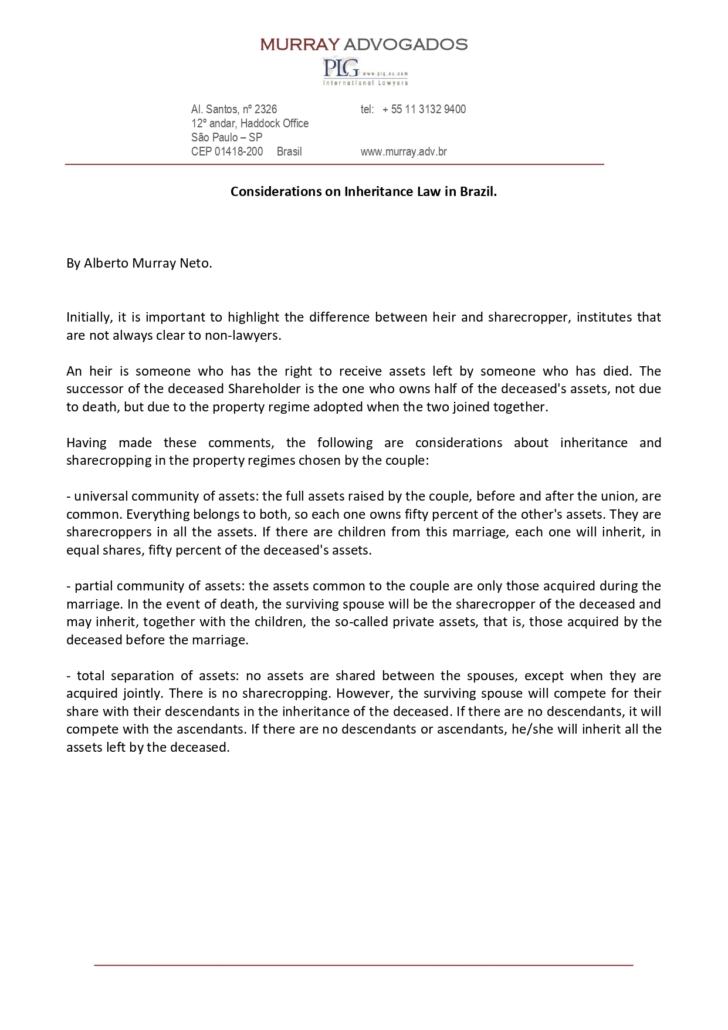Government signals of extra dividends and spending pressures challenge domestic sentiment
11/03/2024
/i.s3.glbimg.com/v1/AUTH_37554604729d4b2f9f3eb9ad8a691345/internal_photos/bs/2023/B/x/Ft98hrSJ6bkoEZRciVUg/03fin-100-pesquisa-c1-img01.jpg)
Fernando Siqueira — Foto: Celso Doni/Valor
The calm that has prevailed in domestic markets in recent months has given way to a deterioration in risk perceptions.
The absence of extraordinary dividends from Petrobras, President Lula’s request for more credit from state-owned banks, and his desire to discuss an increase in the spending limit weighed on Brazilian assets last week. The sum of these factors increased investors’ mistrust of the government’s future handling of economic policy.
There was already some uncertainty in the air before Petrobras’s balance sheet was released on Thursday. However, this was contained as Brazilian assets underperformed their peers. On Friday, however, the deteriorating risk sentiment spoke louder. The blow to Petrobras shares, which fell around 10%, dragged Brazil’s benchmark stock index down—the Ibovespa fell 0.99% that day and 1.36% in the week, to 127,071 points. The foreign exchange rate gained 0.97% in the session to R$4.9816 per dollar due to capital outflows.
“The market is already used to this kind of talk from the government, but this time it came in the form of an attitude,” said Cesar Mikail, variable income manager at Western Asset, referring to the announcement that Petrobras will not pay extraordinary dividends for now. “And after the event, you always put something in the price for the company. Now the market can increase the asset’s discount rate, which is reflected in share prices.”
Concerns go beyond the Petrobras effect, however, as agents look at the macro context. President Lula’s comments signaling an increase in spending and the deterioration in the president’s rating measured by an IPEC survey have fueled the climate of uncertainty in the market. The perception of increased fiscal risk caused long-term interest rates to rise on Thursday and Friday, contrary to what happened abroad. The rate on DI contracts maturing in January 2027 rose to 9.97% from 9.905%, and that for January 2029 rose to 10.435% from 10.34% at the close of trading.
“There were doubts about whether the government would respect market laws or be more profligate; whether it would interfere in state-owned companies or not. So far, it had been less bad than expected,” said Daniel Delabio, partner and manager at Exploritas, citing respect for the Central Bank’s autonomy and the maintenance of the inflation target at 3% per year. “Now that the government seems to be getting closer to the [fiscal] target, Lula is taking the position that he wants to change it so he can spend more. If you look at this and the Petrobras decision, it creates an environment of risk aversion.”
Economist Yara Cordeiro of Novus Capital agrees. She highlights the fiscal impact of Petrobras’s decision, as a significant portion of the state-owned company’s dividends would go to the government. “The budget doesn’t provide for extraordinary dividends, but even so, everyone was counting on it being something that could help. In addition, there are doubts about the funds that were expected via CARF,” said the economist in a podcast, referring to the reinstallation of the casting vote, which tends to favor the government in the Tax Appeals Administration Council (CARF).
“We had expectations, at least on the government side, that there would be no resistance from Petrobras to reach an agreement with CARF. The amount expected to be paid to the government was quite significant, possibly reaching R$30 billion … With this setback suffered by the minority shareholders in the decision on dividends, the agreement now seems more distant and may face more resistance within the board of directors,” he said. “Not to mention that it was perceived as an attempt by the government to interfere in the company.”
Fernando Siqueira, head of research at Guide Investimentos, recalled that the issue has been discussed since the 2022 election cycle. “But [Finance Minister Fernando] Haddad managed to avoid it. Now we are seeing signs of a more negative path, and this should be on the radar of investors, especially local ones, who are looking at the political issue with a magnifying glass and are starting to fear what might happen.”
For Luiz Fernando Araujo, managing director of Finacap, recent events show that the risk of investing in state-owned companies has increased. “It has even increased for some privatized companies. We saw, for example, how the government tried to influence the choice of Vale’s CEO.”
Por Augusto Decker, Arthur Cagliari, Victor Rezende — São Paulo
Source: Valor International


/i.s3.glbimg.com/v1/AUTH_37554604729d4b2f9f3eb9ad8a691345/internal_photos/bs/2023/C/4/xGFBuISzWFOLwuE8fqhg/23fin-100-reestru-c1-img01.jpg)
/i.s3.glbimg.com/v1/AUTH_37554604729d4b2f9f3eb9ad8a691345/internal_photos/bs/2023/M/N/9hh97CRDOYlhkszI623A/010623jeanprates31.jpg)
/i.s3.glbimg.com/v1/AUTH_37554604729d4b2f9f3eb9ad8a691345/internal_photos/bs/2024/5/g/SKNI32Q0OgbBBrhcrg0g/106044073-mariz-pa-20brasilia-2026-02-2024-20luiz-20inacio-20lula-20da-20silva-programa-20de-20democratizacao-20dos-20imov.jpg)
/i.s3.glbimg.com/v1/AUTH_37554604729d4b2f9f3eb9ad8a691345/internal_photos/bs/2023/h/B/WLTJxISPAoXQjotQqFAA/fachadapolostellantisgoiana-divulgacao.jpeg)
/i.s3.glbimg.com/v1/AUTH_37554604729d4b2f9f3eb9ad8a691345/internal_photos/bs/2024/Y/u/UnE0yVQuAXIPh8d7eAGg/060324-carlostavaresfotowendersonaraujo.jpg)

/i.s3.glbimg.com/v1/AUTH_37554604729d4b2f9f3eb9ad8a691345/internal_photos/bs/2022/F/4/syibGMQLKxp0k0veWGAg/marcelo-altieri2.jpg)
/i.s3.glbimg.com/v1/AUTH_37554604729d4b2f9f3eb9ad8a691345/internal_photos/bs/2024/p/y/OuE3jnQzqBEnlAUvJClA/img-3082.jpg)